When I tell you to think about planters, chances are you’re only thinking of a few common materials – terracotta/clay, plastic, concrete, or the odd powder-coated metal. To be honest, there’s nothing wrong with any of those materials… in that, they do what they need to do. Some provide porosity, others provide strength and durability, and they each lend their own aesthetic to the planter, whether it’s minimalist, outdoorsy, brutalist, etc. There is, however, one material that doesn’t usually feature on that list, and interestingly enough, it ticks every single box.
Designer: Zachary Leong
Click Here to Buy Now: $12. Hurry, less than 72 hours left!
The material I’m referring to is cork. Cork fulfills every basic aspect of planter design and some more. It’s damage-proof, hydrophobic, bug repellent, resistant to molds/spoilage, and has a quirky beautiful aesthetic that complements plants beautifully. It’s also sustainable, recyclable, and most importantly, it’s biodegradable… something that terracotta, plastic, concrete, and metal famously aren’t. The Corki Planter is an indoor planter that champions the use of cork as a material to store and grow plants in. It comes with a two-part design, featuring a planter itself, and a water-collecting tray that sits below.
Created by design-graduate Zachary Leong, the Corki Planter comes with a simple design that highlights cork as its material. Made from sustainably sourced cork, Zach is quick to mention that unlike clay, concrete, plastic, or even wood itself, cork is an incredibly renewable resource. The material comes from the bark of a cork-tree, which can simply be harvested without chopping the tree down, and is incredibly easy to work with and even recycle. It’s even good for the tree itself since it allows the tree-trunk to absorb more CO2 from the atmosphere.
With its signature rubbery surface, cork’s incredibly durable and can easily take on any impact without bending, breaking, or even so much as cracking, making the planter durable over years and years of use… and cork’s naturally hydrophobic, bug repellent, and resistant to molds too (which explains why it’s the perfect material for wine bottle caps), ensuring that you can use the Corki Planter to grow succulents and cacti that require less water, or even plants that are high-maintenance and water-demanding.
The Corki Planter’s two-part design is simple in function and serves to outline its material’s benefits. The cylindrical planter comes with drainage holes at the base, and a water-collection tray that plugs into the bottom. The tray fits relatively snugly into the planter, and will faithfully stick to the planter’s base when the Corki is lifted off the ground, making it easy to carry the planter around and place it in different parts of the house. Speaking of which, the Corki’s nude, cork aesthetic lends a beautiful earthiness to any home decor. Designed without any extra details or an ounce of paint, the planter proudly wears its ‘corkiness’ on its sleeve and has a distinctly raw appeal that people who love concrete planters will appreciate.
Ultimately, Zachary focuses on how the Corki Planter champions a circular economy. Cork is a highly renewable material that generates no waste in its production and procurement. Particles of cork can be used and reused infinitely, making cork products very easy to continuously recycle, and if cork ever ends up being disposed of, it’ll happily biodegrade in no time. If somehow that wasn’t enough, Zach also mentions how the cork used in the planter’s production is sustainably sourced and even ethically made, with the help of Zachary’s family overseas. The Corki Planter works with all kinds of plants, and comes in two sizes – an Original for $40, and a Mini for $12. You can grab a Corki Planter for yourself (or a whole bunch of them) using the link below, and the planters will begin shipping in January 2022.
Click Here to Buy Now: $12. Hurry, less than 72 hours left!
The post This chic indoor planter makes a pretty solid case for why cork planters are simply the best first appeared on Yanko Design.
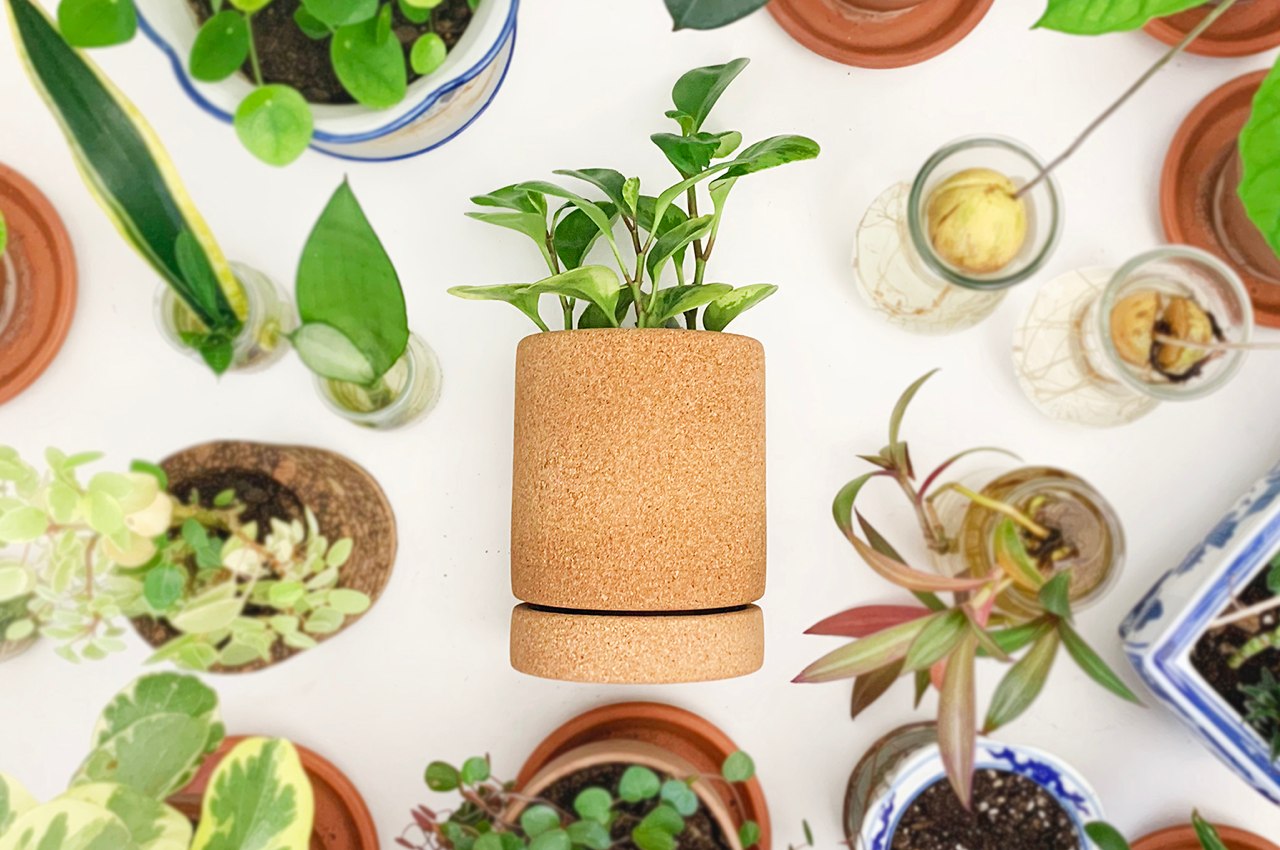

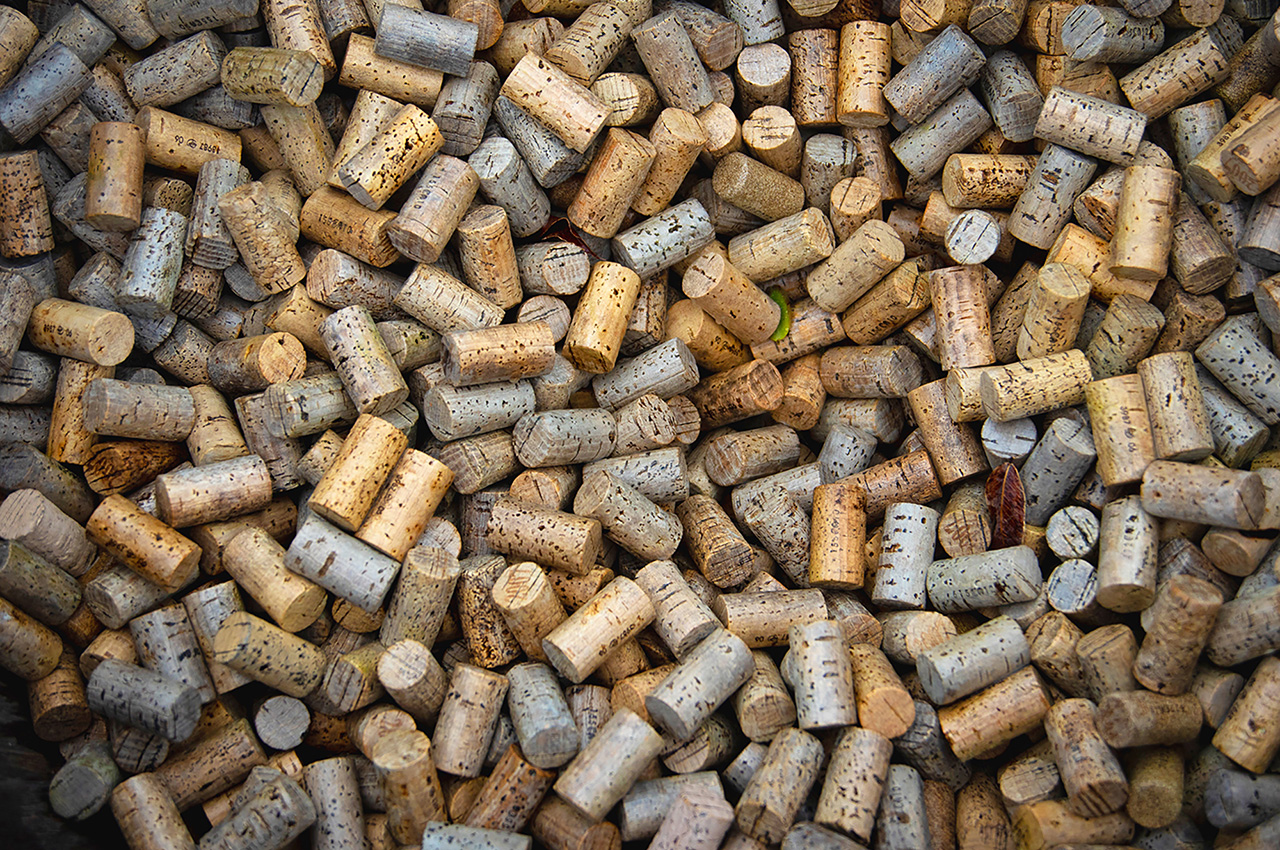
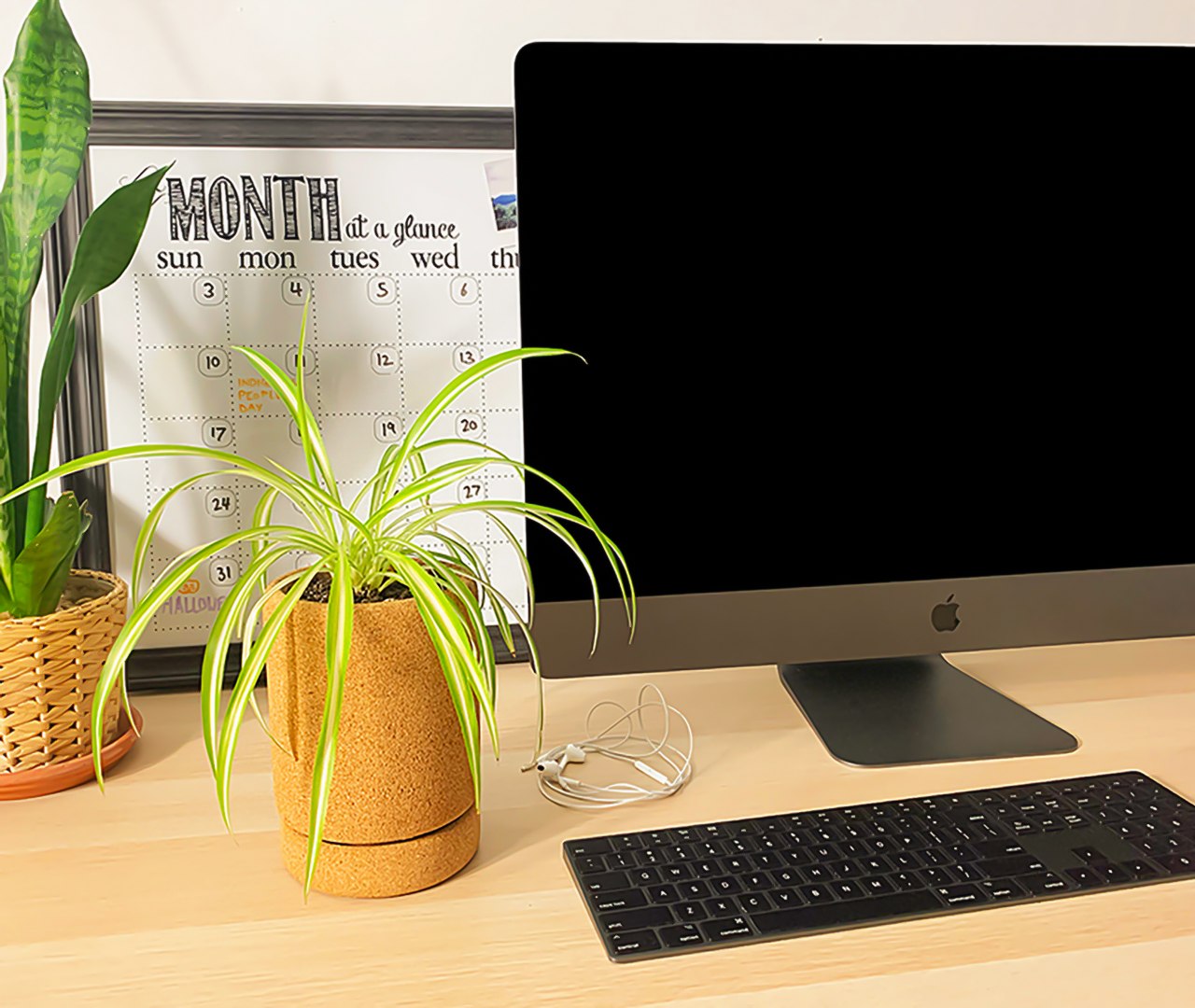
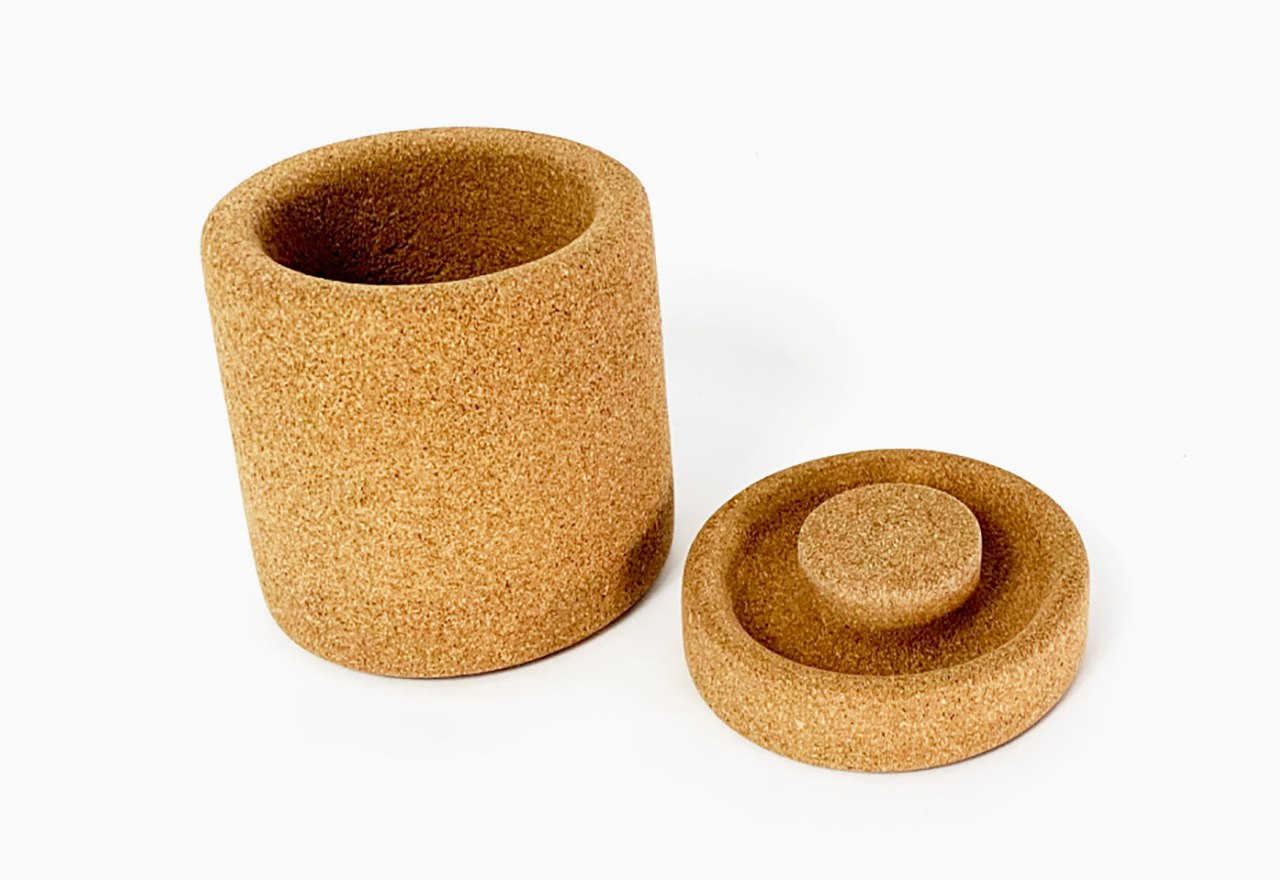
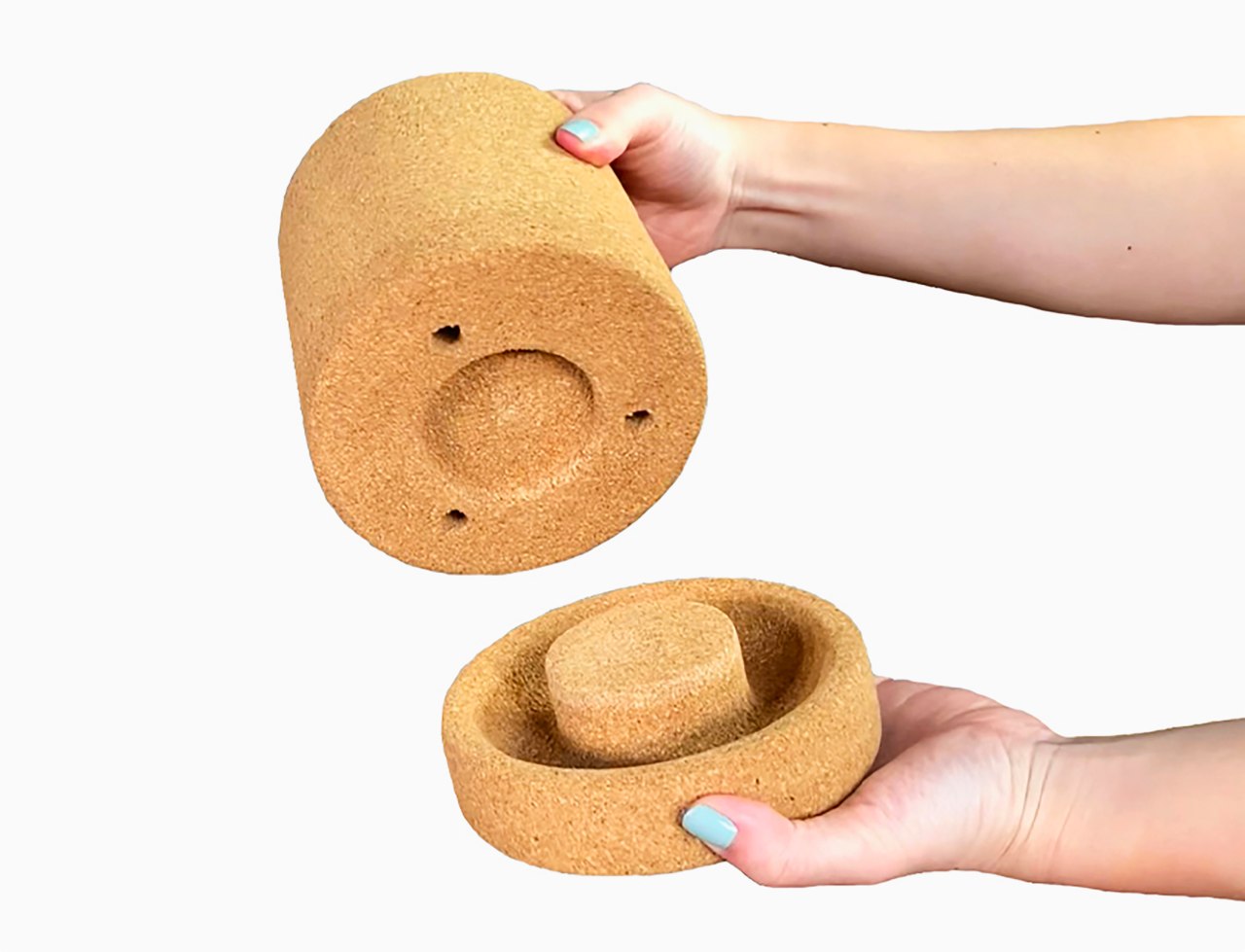
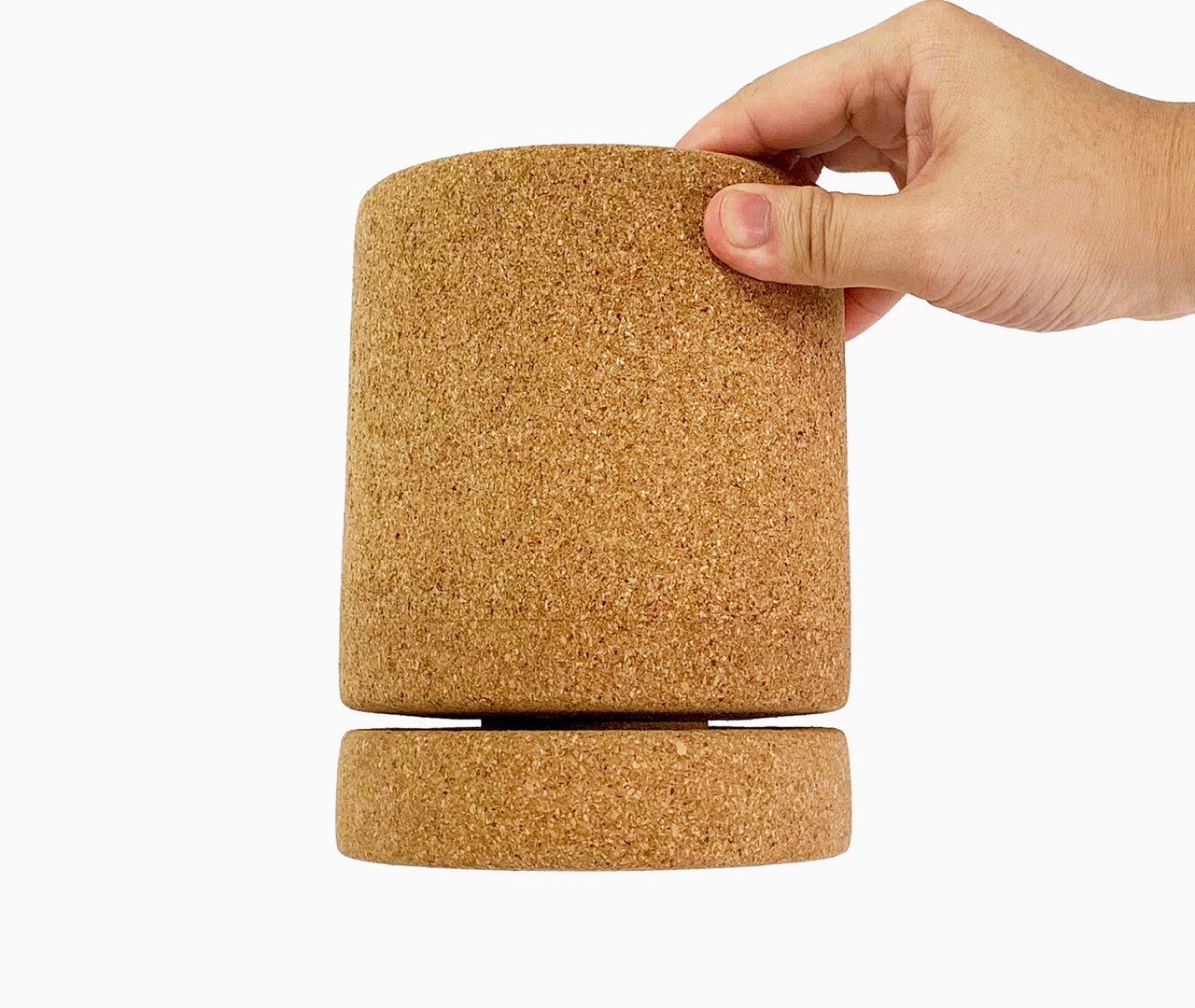
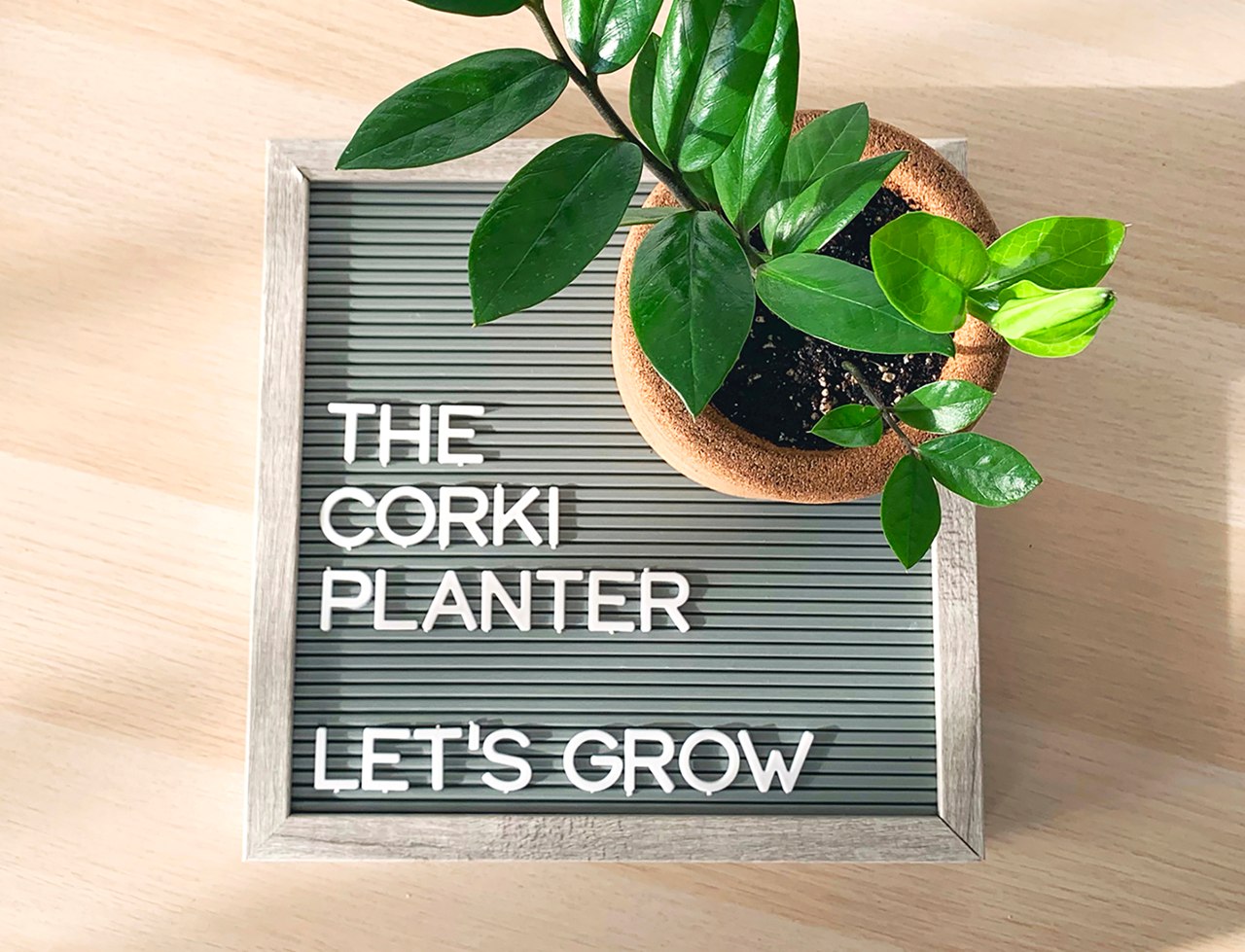

No comments:
Post a Comment